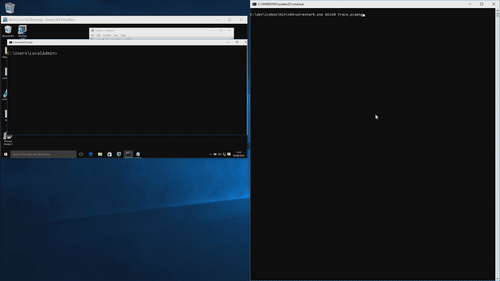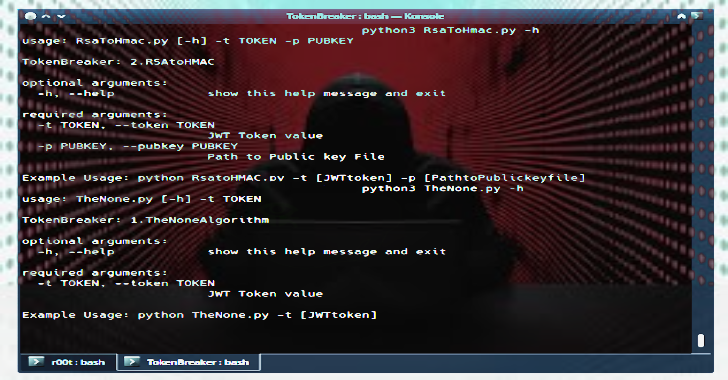Threatest is a Go framework for testing threat detection end-to-end. Threatest allows you to detonate an attack technique, and verify that the alert you expect was generated in your favorite security platform.
Concepts
Detonators
A detonator describes how and where an attack technique is executed.
Supported detonators:
- Local command execution
- SSH command execution
- Stratus Red Team
- AWS detonator
Alert matchers
An alert matcher is a platform-specific integration that can check if an expected alert was triggered.
Supported alert matchers:
- Datadog security signals
Detonation and alert correlation
Each detonation is assigned a UUID. This UUID is reflected in the detonation and used to ensure that the matched alert corresponds exactly to this detonation.
The way this is done depends on the detonator; for instance, Stratus Red Team and the AWS Detonator inject it in the user-agent; the SSH detonator uses a parent process containing the UUID.
Sample usage
See examples for complete usage example.
Testing Datadog Cloud SIEM signals triggered by Stratus Red Team
threatest := Threatest()
threatest.Scenario("AWS console login").
WhenDetonating(StratusRedTeamTechnique("aws.initial-access.console-login-without-mfa")).
Expect(DatadogSecuritySignal("AWS Console login without MFA").WithSeverity("medium")).
WithTimeout(15 * time.Minute)
assert.NoError(t, threatest.Run())
Testing Datadog Cloud Workload Security signals triggered by running commands over SSH
ssh, _ := NewSSHCommandExecutor("test-box", "", "")
threatest := Threatest()
threatest.Scenario("curl to metadata service").
WhenDetonating(NewCommandDetonator(ssh, "curl http://169.254.169.254 --connect-timeout 1")).
Expect(DatadogSecuritySignal("EC2 Instance Metadata Service Accessed via Network Utility"))
assert.NoError(t, threatest.Run())

















